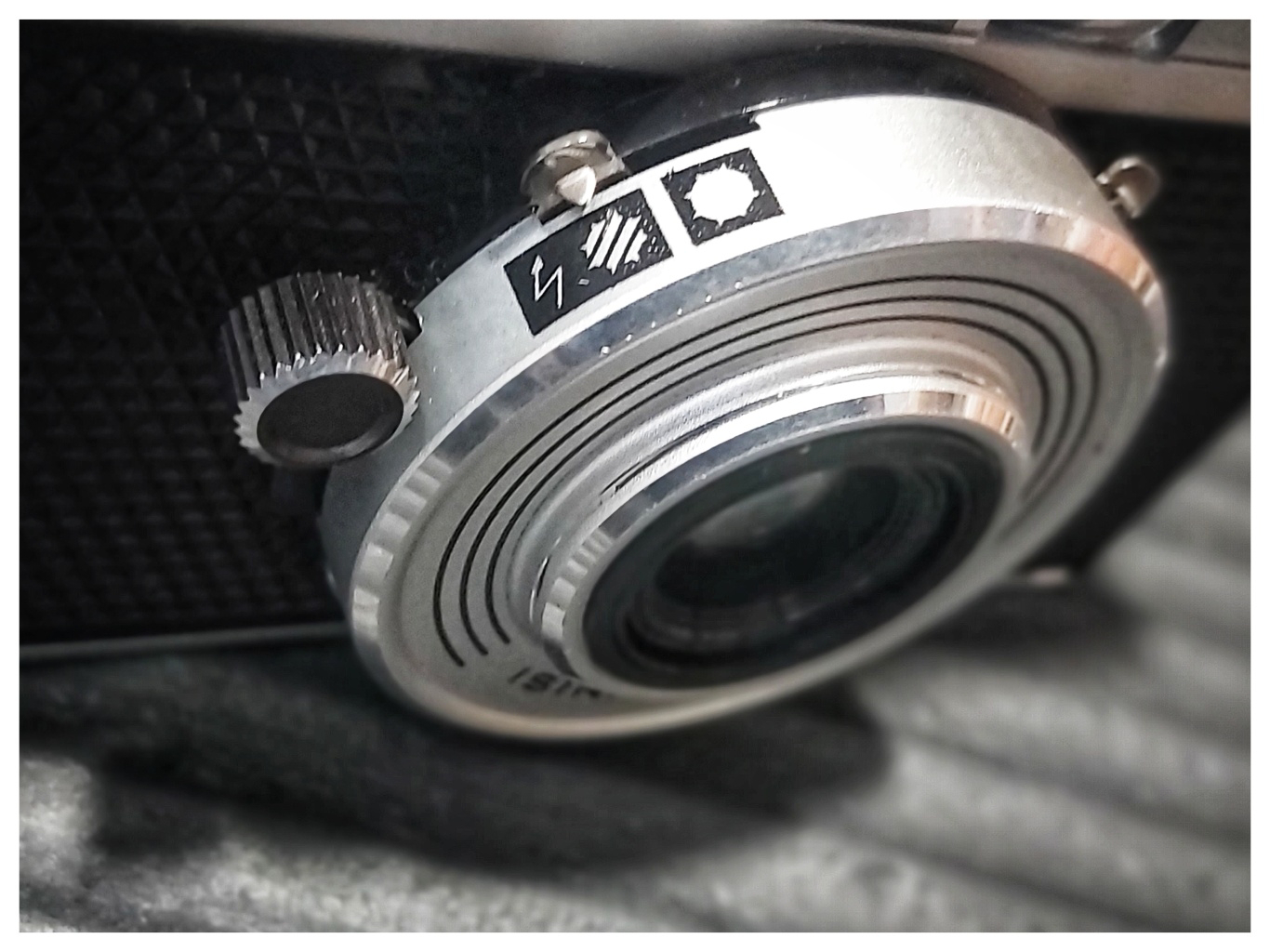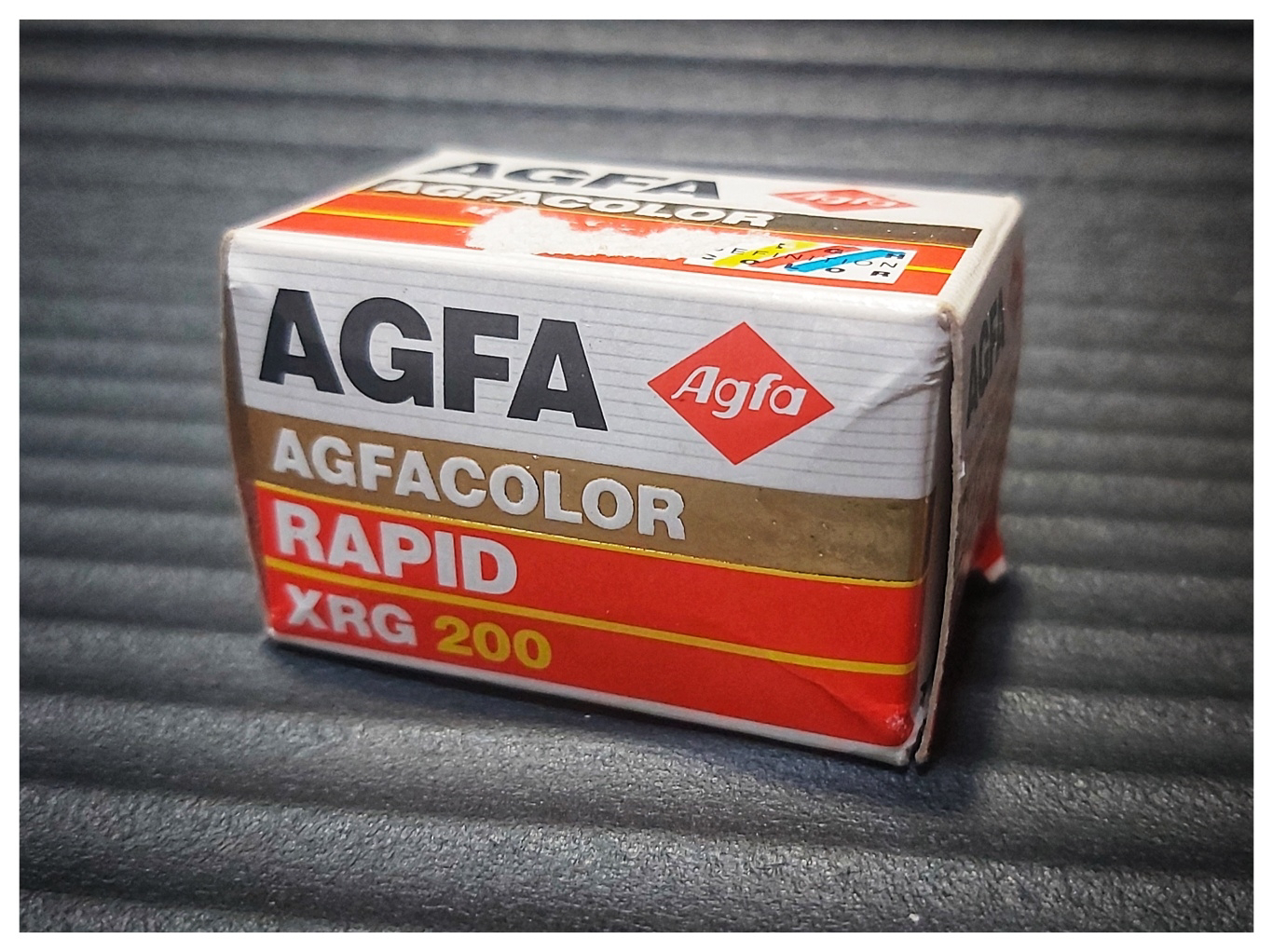Bringing an old film format back to life, part 1 (and a pleasant surprise): The Agfa Iso-Rapid IF
Bringing an old film format back to life, part 1 (and a pleasant surprise): The Agfa Iso-Rapid IF
There's something about collecting and playing with old cameras that is hugely satisfying. Even better is getting a camera working again that hasn't been used in decades, or using film in a camera that hasn't had film made for it in a long time. I've a few cameras like this; the Kodak Handle, where I created a film mount for it to work with Instax Square film, the Polaroid Big Shot and a mount for Instax Wide film, and the Ikkosha Start 35k with its homemade 35mm Bolta spools. I also have a couple of longer term ongoing projects, like the Kodak 1A Autographic Jr 118 folding camera and the Vest Pocket Kodak camera that I hope to use with 35mm film spooled into homemade 127 spools.
But one format that has passed me by has been the Agfa Rapid film system. For anyone unaware, Rapid film was developed by Agfa in the 1960s as a competitor to Kodak's instamatic film. Instead of having the film inside a sealed plastic cassette, the Agfa Rapid system used two small 35mm canisters which when loaded into the camera would pass film from one to the other. The full cassette would then be taken to the lab for development and the now empty cassette switched over to be the take-up cassette for the next film, if that makes sense. The advantage over instamatic film was that using 35mm the negatives were a little larger. The downside was that Rapid films were a maximum length of 12 exposures, or 16 24x24mm frames in cameras like the Agfa Iso Rapid IF..
A while ago, a whole batch of Agfa Iso-Rapid IF cameras appeared on the Kamerastore website. These were all marked as 'untested' but were priced really competitively at 8€ each. The Agfa Iso-Rapid IF is a fixed focus compact camera with three selectable apertures (f8, f11, and f16) and two shutter speeds, 1/80s for sunny conditions and 1/40s for cloudy days and flash synchronisation. There is also a pop-up flash reflector on the top of the Iso-Rapid IF into which flash bulbs are inserted. This is powered by a battery that fits into the bottom of the camera, but otherwise the Iso-Rapid IF is a wholly manual camera.
The snag with the Rapid canisters is that you need two cassettes, one containing the film and a second empty cassette that acts as the take-up spool. The Rapid cassettes don't have a spool. like 35mm cassettes, and the film is simply pushed into the canister. when the cassettes are loaded into the camera the film curls into the empty take-up spool. Of course, since one Rapid cassette would be sent away for development, odds are that most Agfa Rapid cameras nowadays will either contain one cassette or no cassettes at all.
So I looked at the Agfa Iso-Rapid IF cameras on the Kamerastore website. All of them were in the 'Not Passed' category and were 'Untested or tested, inspected, and found to have flaws that will affect typical use.' In the descriptions most were simply described as 'untested' or, 'can't be tested, Agfa Rapid cassettes aren't produced anymore'. However, three cameras looked promising. Two were described as having working shutters, although the speeds had not been tested, and the third actually included a Rapid cassette, although the lens was described as the elements having separated.
I took the plunge and ordered these three cameras. I assumed that each of the cameras, apart from the one that specifically stated that it included a Rapid cassette, would not include a cassette, so I looked around for another cassette. There were plenty of Agfa Rapid cassettes online though they were quite expensive, but then I came across a sealed expired Agfacolor film for the same price as an empty cassette. Even better, the seller's site was in Portugal. I ordered a cassette, and within a few days it had arrived, even before the cameras came.
When the cameras arrived, on two of them the shutter button was on the front of the camera, next to the lens. On the third camera, which also came with a nice little camera case, the shutter button was on the top. The camera with the case was the one that was described as having a separated lens, and opening the back revealed a single Rapid cassette. I was delighted with that, now I had two cassettes for the next part of the experiment.
I thought I should take a look at the other two cameras, since the plan was to use one of these with the cassette from the separated lens Iso-Rapid IF. They were both in nice condition and the shutter buttons worked well. Opening up the first camera revealed a surprise, the camera contained a Rapid cassette! I was delighted with this as it meant that I could practise with a blank film and not sacrifice my expired film. Turning my attention to the third camera, I opened the back and ... it contained two Rapid cassettes! So now I have gone from zero cassettes to five cassettes.
I'm not going to have much time these next couple of weeks, so in the next part if this post I'll try loading blank film into the cassettes to see how they operate and will then try to load some unexposed film into the cassettes. If you are on Mastodon, you can now follow this blog directly. Just go to Mastodon and follow the 'Snapshot' WordPress account at @keithdevereux.wordpress.com@keithdevereux.wordpress.com. All new posts will be automatically updated to your timeline.
#Agfa, #Rapid, #AgfaRapid, #Cassette, #Expired, #IsoRapid, #RapidFilm, #ExpiredFilm, #Experimental,
















Comments
Post a Comment